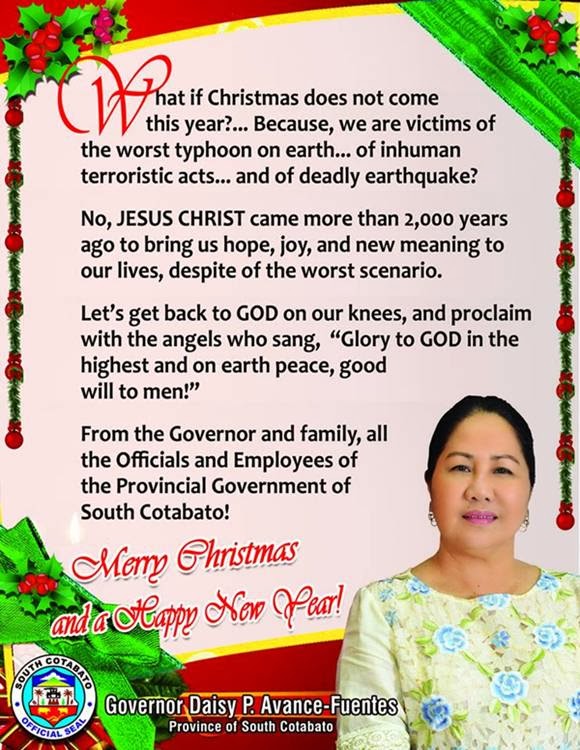History Of Maguindanao Tribe
The Maguindanao are one of many groups of lowland Filipinos who appear to have arrived in the islands during successive waves of migration from the Southeast Asian mainland several thousand years ago. The Sultanate of Maguindanao at its greatest extent in the 17th century.

Pin On Images Of Old Philippines
Maguindanao also spelled Magindanao or Magindanaw also called Maguindanaon ethnolinguistic group living primarily in south-central Mindanao the largest island in the southern Philippines.

History of maguindanao tribe. The Maguindanao are one of many groups of lowland Filipinos who appear to have arrived in the islands during successive waves of migration from the Southeast Asian mainland several thousand years ago. Together with the Illanun and Maguindanao the Maranao are one of three indigenous Muslim groups native to the island of Mindanao in the southwestern part of the Philippines this tribal group share in a generalized Southeast Asian culture but has its own cultural identity. The tribe is still at the heart of the current instability.
This allowed ease of transportation and communication by boat. A fleet of Vikings painted mid-12th century. Abdullah 2015 stressed that the people of Datu Piang Maguindanao have firmly maintained their cultural heritage despite foreign.
With a name meaning people of the flood plain the Maguindanao are most. In June 1986 representatives from 15 tribes agreed to adopt a common name in a congress which also established Lumad Mindanao. According to literature the Tiruray share a common legendary ancestry with the Maguindanao.
They are said to be related to the Muslim Maguindanao. Mindanao is named after the Maguindanaons who constituted the largest Sultanate historically and evidence from maps made during the 17th and 18th centuries suggests that the name was used to refer to the island by the powerful natives at the time. In the early 17th century the largest alliance composed of the Maguindanao Maranao Tausug and other Muslim groups was formed by Sultan Kudarat or Cachel Corralat of Maguindanao whose domain extended from the Davao Gulf to Dapitan on the Zamboanga Peninsula.
SULTAN MANGIGUIN-He was the grand son of former DATU DAKULA OF SIBUGAY Who was the grand son of KIBAD SAHARIYAL NO16He started his rule in 1886 on 1886-1896The Sultanate was vacant but the aunt of SULTAN MOHAMMAD ESMAIL was appointed as the temporary Sultana at that time. Originally Maguindanaon is the name of the family or dynasty which came to rule almost the whole island of Mindanao particularly the former Cotabato. Datu Piang Maguindanao is the oldest municipality of the Cotabato Empire and the traditional place of Maguindanaon.
Islamic beliefs and practices which are gradually becoming more orthodox are superimposed on a preexisting animistic belief system. People continue to believe in a variety of environmental spirits and many tales are told of magic sorcery and supernatural beings. The most far-reaching and widely known pirates in medieval Europe were the Vikings sea fighters from Scandinavia who looted and raided mainly between the 8th and 12th centuries CE during the Viking Age in the Early Middle Ages.
Tasaday people From Wikipedia the free encyclopedia Tasaday Total population 216 2008 Regions with significant populations Philippines. Mindanao Languages Tasaday dialect of Manobo Religion Animism Related ethnic groups Bajau Moro Visayan other Filipino peoples other Austronesian peoples The Tasaday tɑˈsɑdɑj are an indigenous people of the Philippine island of Mindanao. They were well established in their present homeland by the time of the first known foreign.
The predominant religion among the Maguindanao is a form of folk Islam. Several expeditions sent by the Spanish authorities suffered defeat. They are divided into coastal river and mountain groups.
It later refers to the Muslim people who live in the Pulangi valley which sprawls the Southwestern part of Mindanao. This is the first time in their history that these tribes have agreed to a common name for themselves distinct from the Moros. History of Maguindanaon Tribe The Maguindanaon are part of the wider Moro ethnic group who constitute the sixth largest Filipino Ethnic Group.
The Maguindanaon literally people of the flood plains occupy the Basin of Pulangi River. The southern fork of the river flows towards Illana Bay. What is the history of Maguindanao.
Several of the major trading centers were also seats of political power while other settlements along or near the waterways were controlled by local chiefs. The Maguindanao tribe has been a major influence in Mindanao Philippines since the establishment of the Maguindanao Sultanate in the 1500s. Maguindanao - History and Cultural Relations.
He subsequently married a local princess from the Maranao Tribe of Malabang and Maguindanao Province and established the Sultanate of Maguindanao. Traditional Magindanao settlements were located near waterways. Shariff Mohammed Kabungsuwan of Johore introduced Islam in the area at the end of the 15th century.
The Tirurays live in the district of Dinaig south of the Cotabato River in southwestern Mindanao. Portion of territory traditionally Ancestral occupied by a tribe or a homeland community of people bound by ties of common interests 1596-1896 Islamized peoples 15 provinces. The Maguindanao are one of many groups of lowland Filipinos who arrived on the island of Mindanao during sequent waves of migration from the Southeast Asian mainland several thousand years ago.
Evidence of human occupation dates back tens of thousands of years.

Two Tausug Datus Examine Photographer C1900 The Guy With The Sunglasses Looks Like Morpheus Aboriginal History Philippines Culture Filipino Culture

The Malong Is Traditionally Used As A Garment By Numerous Tribes In The Southern Philippines And The Sulu Archi Filipino Culture Filipino Clothing Filipino Art

Maguindanao Festival Philippines Culture Cultural Landscape Cultural Diversity

The Last Tribes Of Mindanao The Maguindanao Philippines Culture Mindanao Tribal Culture


Komentar
Posting Komentar